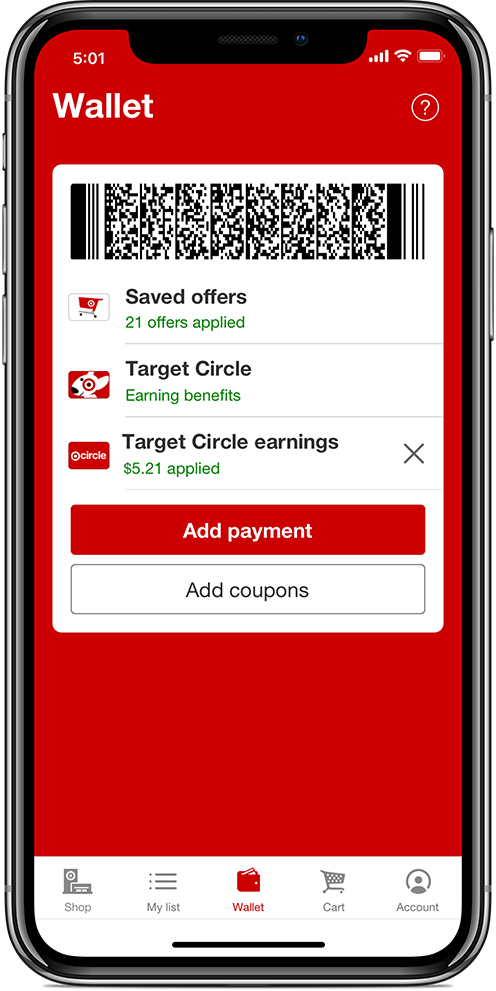
The pandemic, especially its lockdown phase in the spring and summer of 2020, wasn’t easy for anyone. But some companies in the tech and retail spaces found new ways to deal with it, and these are likely to inform the work they do long after it ends. Much of these discoveries revolve around encouraging customer loyalty, especially ways that give companies data about the customers while improving customer experience.
That was the subject of a panel at CES 2022 on Thursday, called “Content to Commerce: How Technology Flipped the Customer Experience.”
According to panel participant Cara Sylvester, executive vice president and chief marketing and digital officer for Target, the pandemic had a major effect on how the company does business.
The changes made necessary by that shutdown period led the company to “ultimately to get closer to our guests, and develop deep and more personal relationships with them,’ Sylvester said. When a customer logs on to Target’s website or app, she added, “we know you. We know who you are as a human, and you’re going to see personalized experience.”
“What this digital acceleration has really afforded us at Target is ultimately to get closer to our guests,” Sylvester said. “And develop deeper and more meaningful relationships with them.” For instance, the site will offer products that it knows the customer wants, such as classroom suppliers for a teacher.
Sylvester supervises Target Circle, the company’s loyalty program. The program launched in October of 2019, not long before the start of the pandemic, and now has 100 million members.
Another panelist, Tariq Hassan, the Chief Marketing and Digital Customer Experience Officer for McDonald’s, talked about how the fast food giant got through the worst of the pandemic.
“We had the advantages of our foremothers and forefathers putting in drive-thrus,” Hassan said, which allowed customers to easily order and pick up meals from McDonald’s locations from the get-go. In addition to that, the pandemic allowed the company to focus on the core of its business – “speed, convenience, and accuracy,” said Hassan – as well as, of course, burgers. The company also launched a “celebrity ordering” campaign via online and social media channels during the early part of the pandemic that has led to increased orders and app downloads.
He added that MyMcDonald’s Rewards, the chain’s recently launched loyalty program, now has a user base larger than that of Starbucks- another example of the changes from the pandemic that have led to greater customer loyalty and growth.
Also on the panel was Asha Sharma, the chief operating officer of Instacart, the delivery service that found unprecedented popularity early in the pandemic. She noted that customers had “keystone items” that they needed in their deliveries, and that Instacart knew that customers would be frustrated if such items were not available.
“We had to get very, very good at predicting and understanding fulfillment rates, availability, and tuning our engines to do that,” Sharma said.
She also said that the pandemic led Instacart to explore technologies – much of it related to logistics and cutting down on delivery times – that it might not have for five more years-.
“This year we’re focused on making deliveries cheaper, and the way that we’re going to do that is through automation and micro-fulfillment centers… as well as new apps,” Sharma said.
Another panelist, General Motors chief digital officer Edward Kummer, noted that some customers want a completely online experience, others want to be completely in person, and still many others are somewhere in between. But all along, customers have become more educated about their options.
“What we’ve found is found that we can serve our customers how they want to be served, and let them be at the center of it,” Kummer said.
“No one goes into a dealership stupid anymore,” Kassam, the moderator, said, recalling an adage from an earlier era of the Internet when customers could suddenly do way more research than ever before.
The first part of the panel, meanwhile, featured DAZN Group chairman Kevin Mayer and MediaLink CEO Michael Kassan mostly discussing the streaming landscape, the possibility of more acquisitions in it, and how many streaming services people are willing to add. This could ultimately change the apps that arrive on new TVs and streaming players.
While many of the panels at 2021’s virtual CES appeared to have been recorded weeks earlier, this one was clearly either live or close to it, as it contained a reference to a Hollywood rights deal, involving the purchase of a stake in Will Smith’s production company by Mayer’s company, that was announced just this week.
The panel will be available on-demand until January 31st for both CES 2022 in-person and digital attendees at digital.ces.tech.














